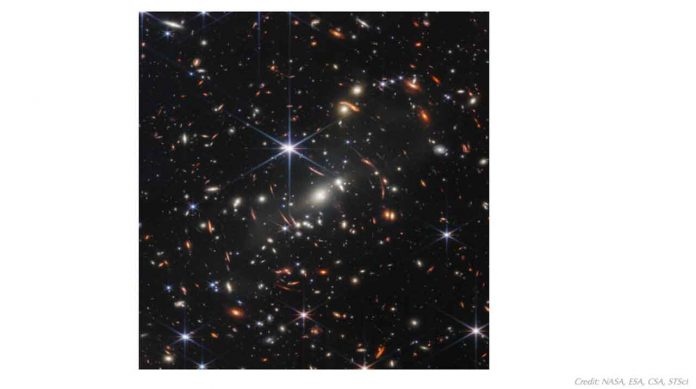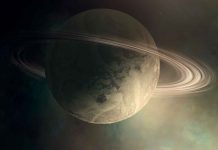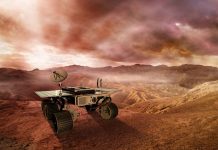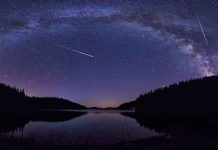
THUNDER BAY – NATION-TECH – Astronomy, the scientific study of celestial objects, space, and the physical universe as a whole, can be a fascinating field for children to explore. It’s a vast subject that can spark their curiosity, teach them about science, and open their eyes to the wonders of the universe. If your child is interested in astronomy, here’s what they need to start their celestial journey.
Enthusiasm and Curiosity
First and foremost, the most important thing any budding astronomer needs is enthusiasm and curiosity. Astronomy is all about exploring the unknown and asking questions. Children should be encouraged to ask about the stars, the planets, and the cosmos. Their questions can range from “Why do stars twinkle?” to “What is a black hole?” These queries can guide their learning and keep them engaged.
A Beginner’s Astronomy Book
A good beginner’s astronomy book can serve as a child’s first guide to the stars. These books typically include basic information about the universe, celestial bodies, and space exploration. They often come with colorful illustrations and simple explanations that make complex astronomical concepts accessible to children.
Star Charts or a Planetarium App
Star charts or a planetarium app can be a great help in identifying celestial bodies in the night sky. These tools can teach children about constellations, stars, planets, and other astronomical phenomena. Many planetarium apps can be downloaded onto a smartphone or tablet, and they use the device’s GPS and internal compass to display a map of the sky in real time.
A Good Pair of Binoculars
Before investing in a telescope, it’s often recommended that children start with a good pair of binoculars. Binoculars are less expensive, easier to handle, and can provide impressive views of the moon, planets, and even some deep-sky objects. They’re also versatile and can be used during the day for bird watching or other outdoor activities.
A Starter Telescope
Once a child has spent some time exploring the night sky with binoculars and has demonstrated a sustained interest in astronomy, it might be time to consider purchasing a starter telescope. There are many models available that are suitable for beginners. These telescopes should have sturdy mounts, easy-to-use controls, and quality optics.
A Notebook for Observations
Keeping a notebook for observations can be a fun and educational activity for a young astronomer. They can jot down what they see, make sketches, and note the time and date of their observations. This practice not only enhances their observational skills but also gives them a personal record of their astronomical journey.
Conclusion
Fostering a child’s interest in astronomy can lead to a lifelong love of learning and science. By starting with simple tools and encouraging their curiosity, children can embark on a journey of exploration that takes them beyond the confines of Earth and into the infinite expanse of the universe. The journey may start by simply looking up at the night sky, but who knows where it could lead?






